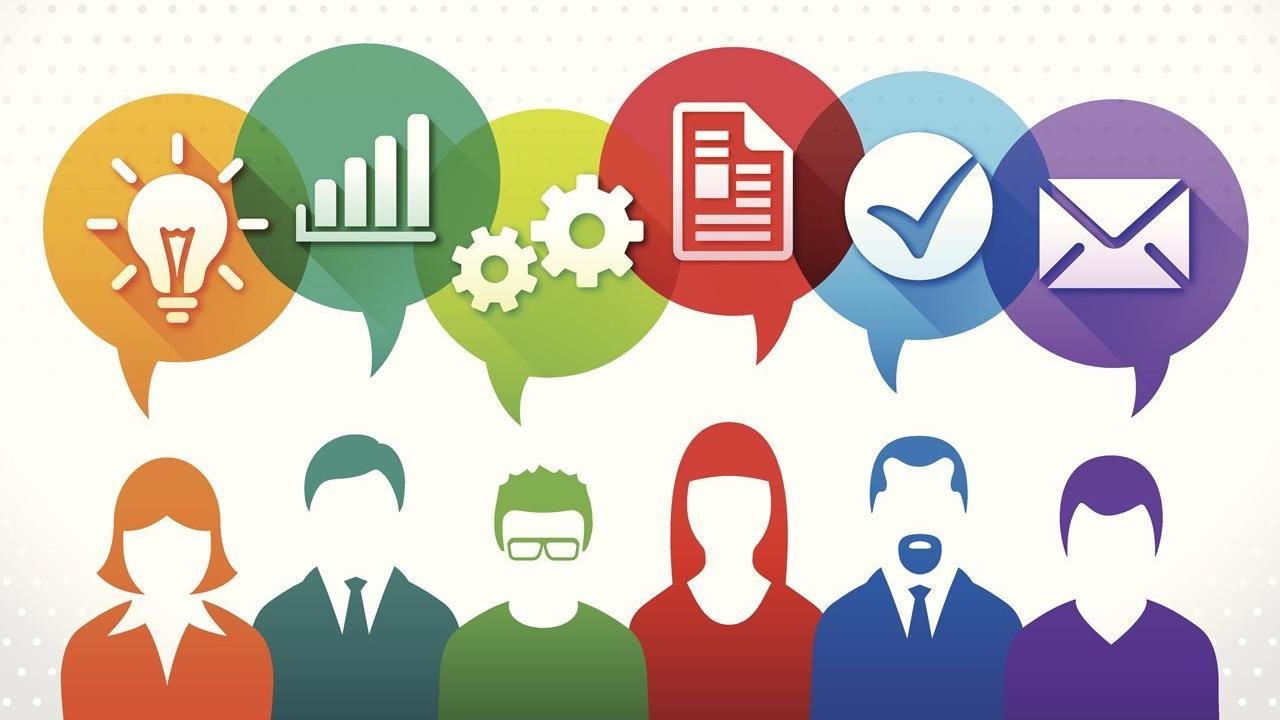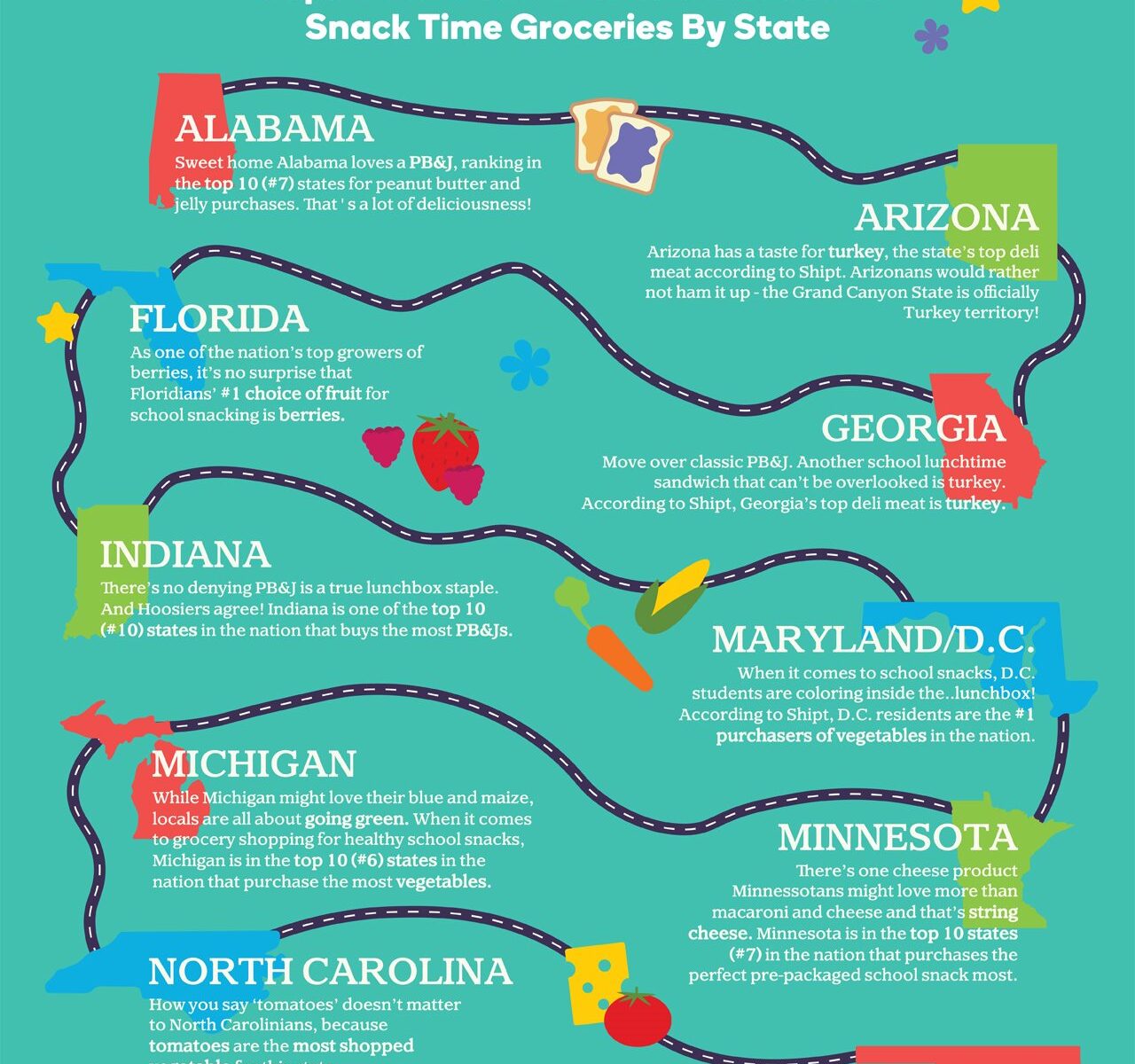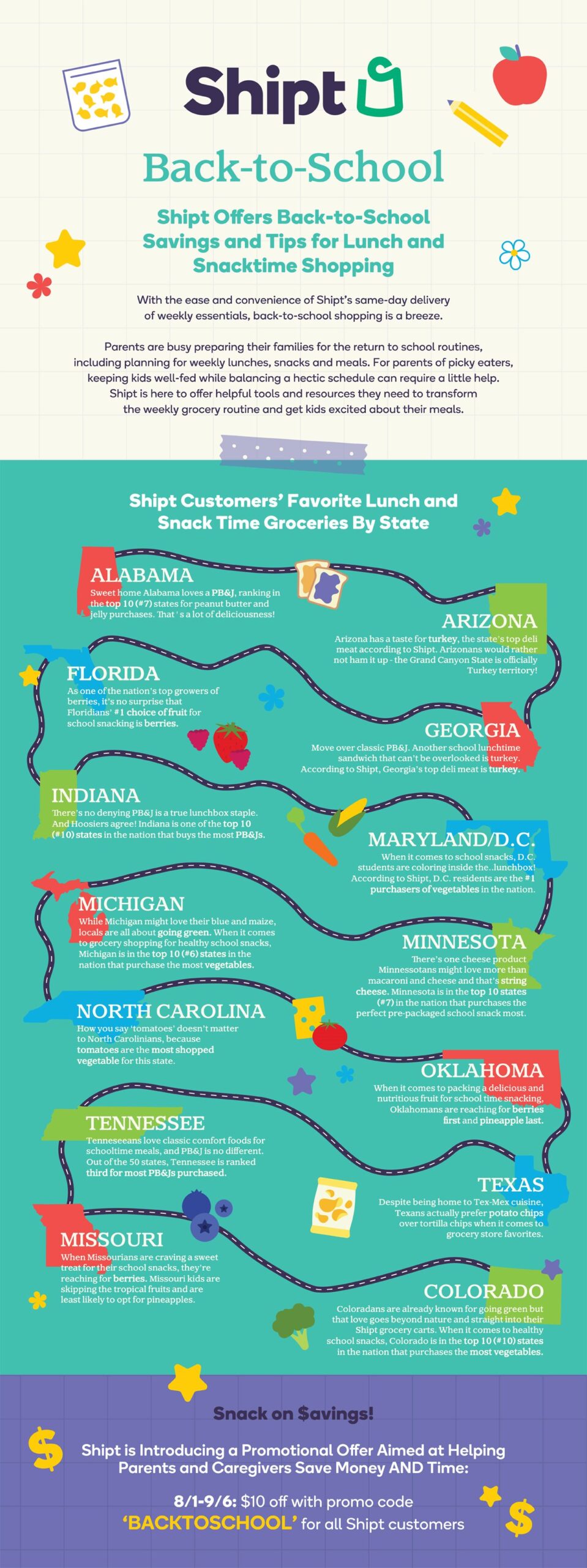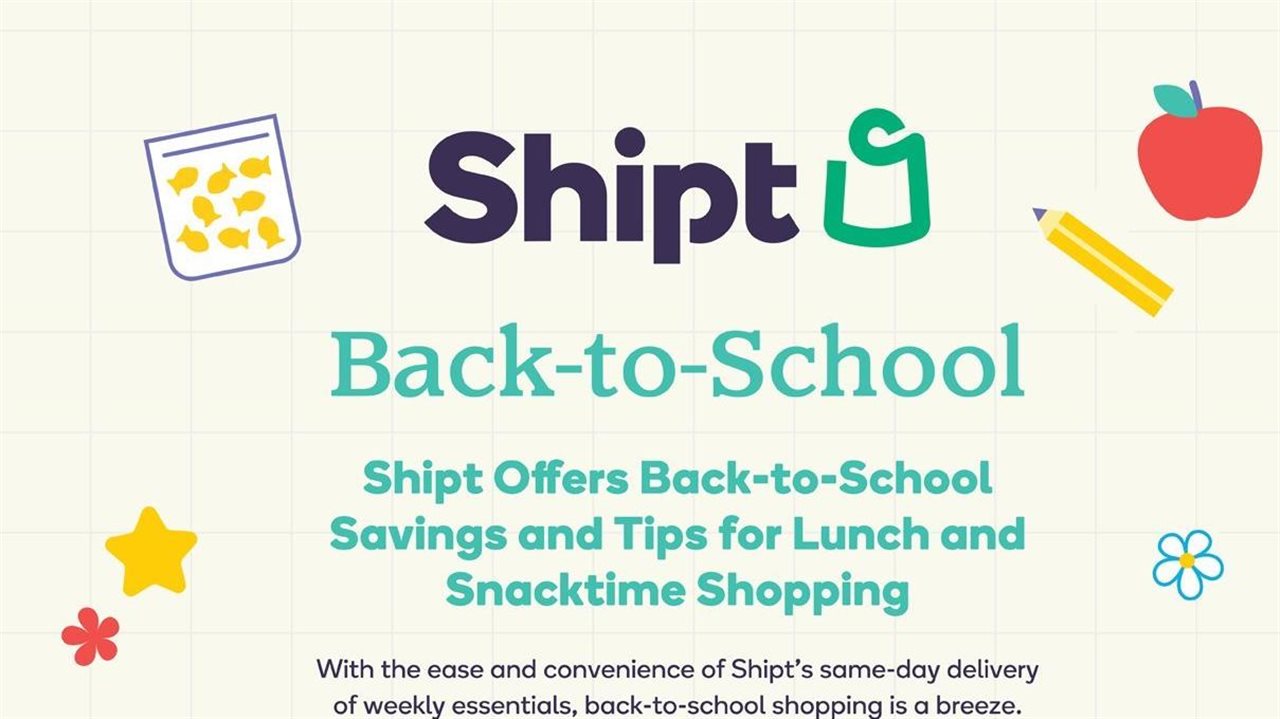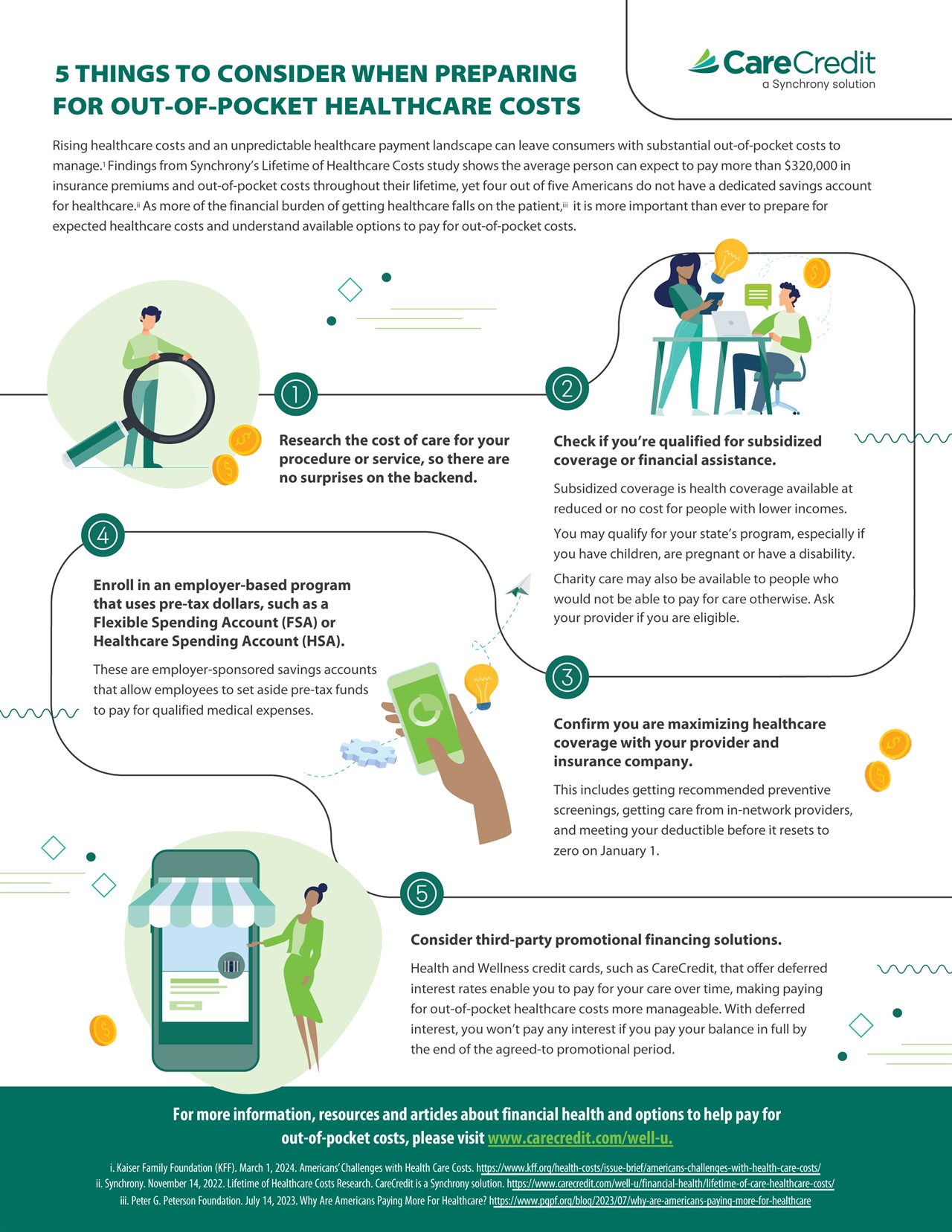2024-08-19T13:01:00
(BPT) – From international bucket list trips to road trips to vacations with multi-generations to solo travel, there are so many travel trends worth exploring. If you’re eager to plan a trip that indulges in these popular travel trends, it’s important to plan early and research the best travel deals.
“Traveling can be costly, but there are ways to save while still having a fun on-trend trip with family, friends, or all by yourself,” said Steven Guilday, Director of Travel at AARP Services, Inc. “Whether you’re itching for an overseas adventure or a long vacation closer to home, AARP member benefits give you access to products and services that will help you spend your time, not your money, planning your exciting getaway.”
Guilday says that AARP members have access to a wide range of travel discounts and benefits that can help make their long-awaited travel plans a reality while staying on a budget. “Don’t let the stress of travel costs deter you from making lasting memories, especially when there are plenty of cost-saving opportunities to help you enjoy your bucket list vacation without having to pay bucket list prices.”
Here are just a few ways you can make the most of your trip planning while also being budget conscious.
Going the Distance
More and more consumers aren’t holding back when it comes to their vacations and are finally planning that once-in-a-lifetime trip. According to a 2024 AARP travel trends report, a quarter of international travelers are planning bucket list trips, choosing Europe, the Caribbean and Latin America as their top destinations. Big trips equal big planning, and whether it’s a fun-in-the-sun beach vacation or European getaway that’s on the itinerary, using the AARP Travel Center Powered by Expedia is a one-stop shop with savings where AARP members can find exclusive deals, handpicked curated trips, seasonal offers, and special savings on hotels, car rentals, cruises, and more. For a limited time, AARP members can take advantage of handpicked wellness vacations and get a $50 gift card when booking any flight package.
Exploring the Open Seas
Another popular way to maximize your travels is on a cruise vacation. Value-driven and with a wide range of activities and amenities, you’re sure to find something that everyone in your travel party can enjoy. Holland America Line’s fleet of 11 ships offers more than 500 sailings each year across all seven continents, including cruises in Alaska, the Caribbean, Mexico, and Europe. AARP members receive up to $200 in onboard credit per stateroom, based on the length of the cruise and the stateroom chosen. If Antarctica, Greenland and the Galapagos Islands are on your wander list, AARP members (and non-AARP member companions) who book and travel with HX: Hurtigruten Expeditions will receive a 5% discount on all cruise fares plus a €100 per person onboard credit. This offer is stackable with all in-market HX offers. Terms and conditions apply.
Road Rules
It’s not always about the destination or how far you travel but the relief of breaking your everyday routine, exploring new landscapes and enjoying the freedom of driving, windows down, blasting your favorite tunes. As domestic road trips are becoming a go-to way to embark on an adventure and with nearly 7,500 Choice Hotels® properties around the world, like Comfort Inn & Suites and Cambria, travelers can count on Choice for a safe and clean place to stay along their road trip holiday route. AARP members save 10% on bookings with Choice Hotels. Through September 2nd, AARP members receive 15% off stays at participating hotels. That’s an extra 5% off!
Get Travel Ready
Well ahead of your trip, check in on your physical health to ensure you’ll be ready come departure day. Your physical health is directly correlated with your mobility. From running your daily errands to maneuvering around the airport, much of your quality of life depends on your levels of mobility but it can decrease as you age. Exercise, diet, preventive care, and lifestyle choices can keep you stronger and steadier for a more enjoyable vacation. AARP® Physical Therapy at Home™ by Luna provides access to highly experienced physical therapists who come directly to you. Luna employs physical therapists who specialize in preventing falls and treating balance disorders as well as a multitude of other conditions. Both AARP members and non-members can receive at-home physical therapy from Luna. Most insurances and Medicare are accepted by Luna.
As you create your packing list, make sure you have enough prescription medications for your travels. It’s a good idea to have a full supply, plus extra, just in case you experience unexpected delays. AARP members and non-members alike can get a free prescription discount card from AARP® Prescription Discounts Provided by Optum Rx®, which can be used at over 66,000 pharmacies nationwide for savings on FDA-approved medications. AARP members also receive additional benefits, like deeper discounts on medications, home delivery, coverage for dependents, and more.
Taking a vacation is the perfect excuse to pick up a new pair of prescription glasses — whether you’re hoping for a new look or simply want a back-up pair before you jet off, when you’re making your packing list don’t forget to check this off your to-do. By using AARP® Vision Discounts provided by EyeMed, AARP members can save 50% on prescription lenses with the purchase of a frame at LensCrafters, 30% on a complete pair of glasses (frames and lenses) at Glasses.com, and an additional $10 on a complete pair at Target Optical.
Whether planning a trip for this year, over the holidays or into 2025, making memories that can last a lifetime will always be the ultimate travel trend. Use your AARP member benefits to stay on trend — and on budget — when planning your upcoming trips.
To learn more about the benefits and discounts for AARP members to help you plan and save for your bucket-list vacation, please visit aarp.org/save.
AARP member benefits are provided by third parties. AARP receives a royalty fee for the use of its intellectual property. These fees are used for the general purposes of AARP. Provider offers are subject to change and may have restrictions.







